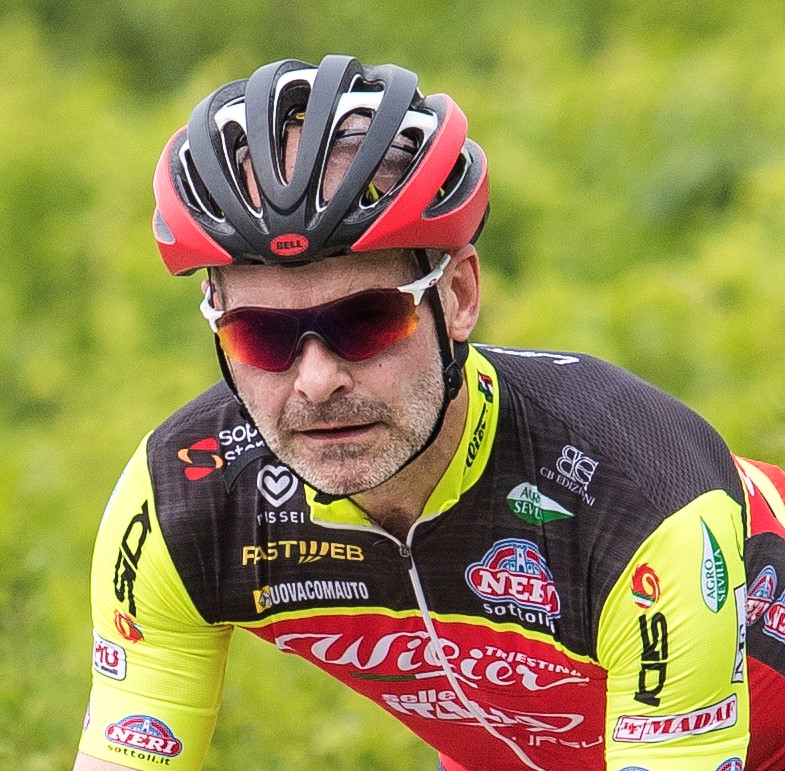Back in 2019, as we mulled over the future of gravel bikes, we asked industrial designer Daniel Gunnarsson to take a punt at what a missing fourth Trek name mash-up would look like, following the Madone, Domane and Émonda.
Gunnarsson came up with the Trek Daemon – an all-road bike with aero tube profiles based on those of the then-current Trek Madone, but with big tyre clearances and designed for 1x groupsets.
Gravel tech has moved on enormously since then, moving past its awkward teenage years, settling into more clearly defined categories, with tech features to match.
But what did we get right with the Daemon? Here are the hits and misses from our 2019 predictions for what gravel and all-road bikes might look like six years later.
Hit: even larger tyre clearances without big geometry changes
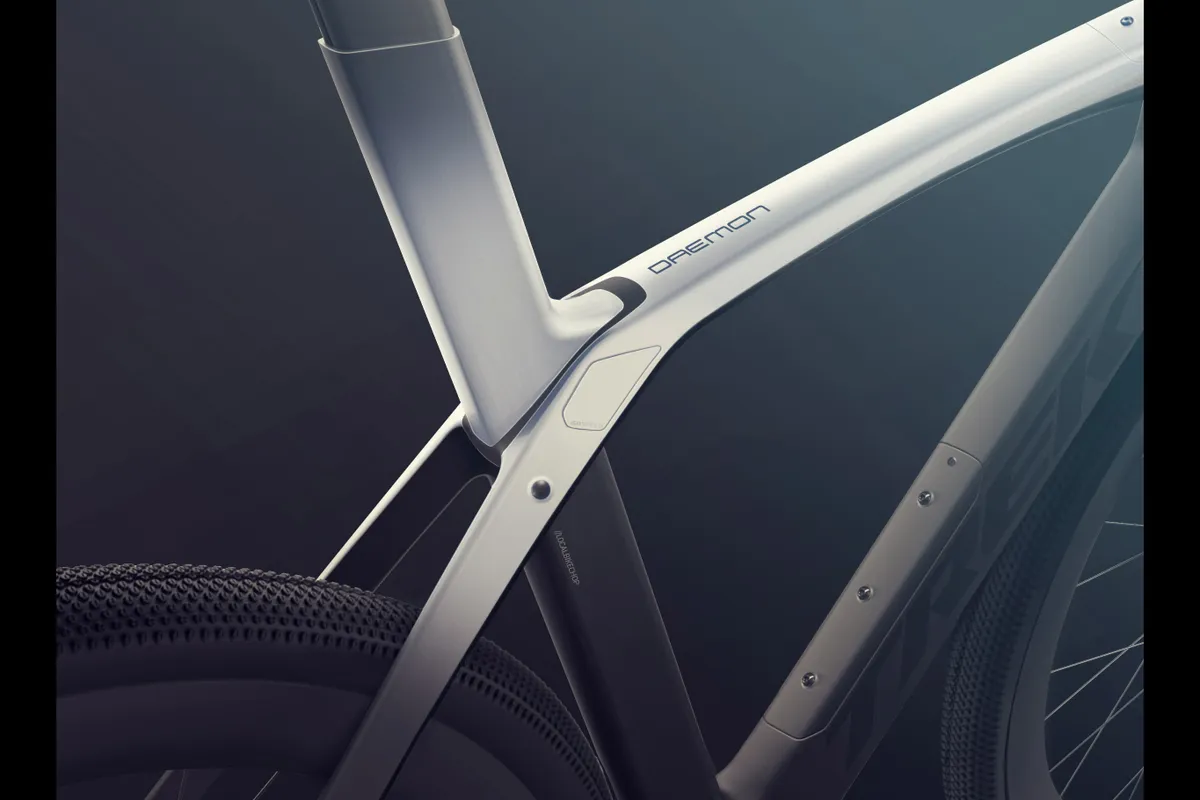
We reckoned the Trek Daemon would come with 47mm tyre clearance for 700c wheels. But by increasing the fork’s axle-to-crown distance and dropping the driveside chainstay, he reckoned this could be achieved without large changes to the bike’s geometry.
Six years later, these features are pretty much standard on gravel bikes – and are common on gravel-adjacent all-road bikes and gravel race bikes such as the Cervélo Aspero.
He also predicted clearance with mudguards of 40mm. Again, almost all non-race road bikes and gravel bikes now come with mudguard fixing points, which were a rarity in 2019.
The putative Trek Daemon could also take 50mm tyres on 650b rims. It’s a wheel size that’s still an option, although its use has decreased for gravel bikes in the intervening six years, in favour of big tyres on 700c wheels. However, it's still a popular choice for mountain bikes in its 27.5-inch guise.
Hit: aero gravel

3T launched the Exploro aero gravel bike in 2016. Back then, it was considered an oddity – who needs aero features on a gravel bike? Turns out, pretty much everyone, at least everyone into gravel racing, which didn’t exist as a bike sub-category back in 2019.
Now, a round-tubed gravel race bike is a rarity, with pretty much every brand wind-tunnel testing its performance gravel bikes as an integral part of the development process and citing watts saved in the launch blurb.
Our Daemon was very much based on the Trek Madone, with its big tube sections and integrated seatmast. We’re not sure how it would be to ride over gravel, even with its chunky tyres.
Hit: flared, integrated cockpits
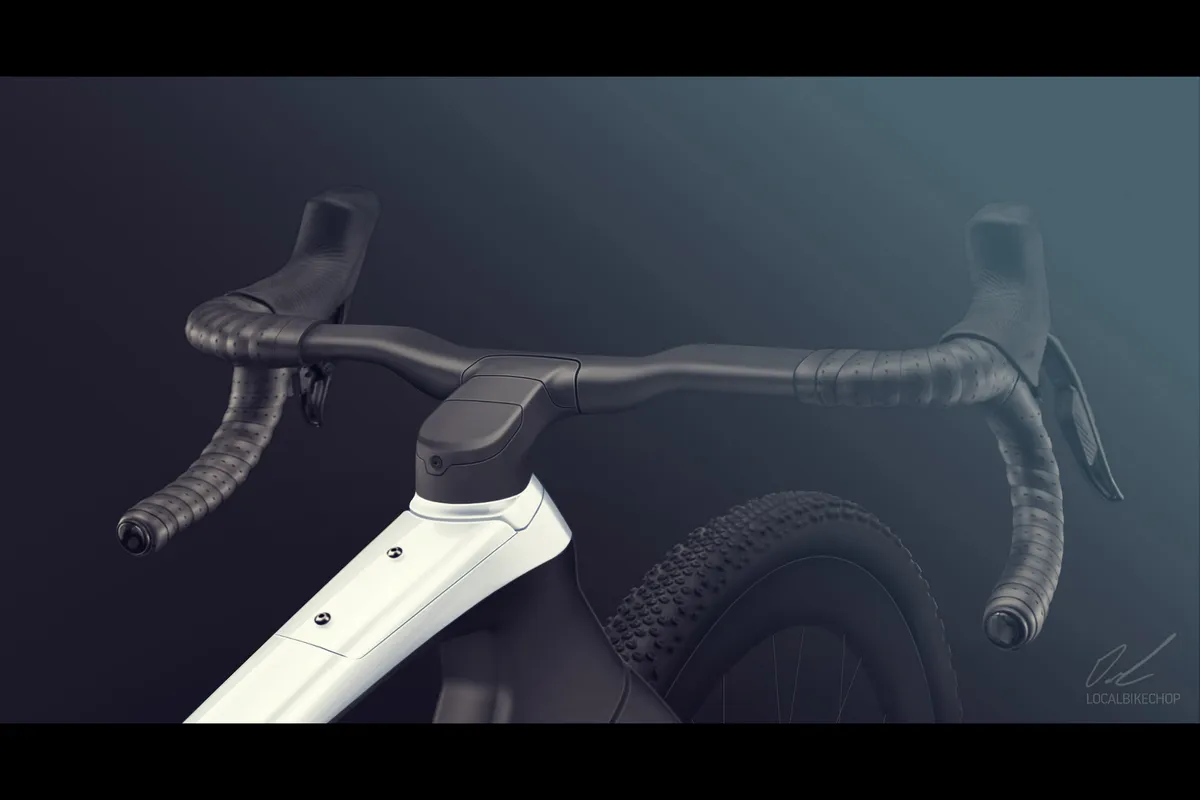
Our concept bike featured an integrated cockpit with a slight rise to the bar tops and flare to the drops.
Again, flared bars are a common feature of almost all performance-oriented bikes in 2025, whether they’re designed for road or gravel use, even if the UCI has mooted a ban on bars narrower than 40mm.
The Cervélo S5, Bianchi Oltre and Fara Gr4 include a rise to the bar, but this is implemented by an upward slope to the stem part of the bar/stem combo, rather than a variant of Specialized’s ‘Hover’ design. The Colnago Y1Rs does a bit of both.
If they don’t have horizontal bar tops, gravel race bikes are more likely to have a drop to their bar tops than a rise, for example, the Canyon Grail and Fara Gr4.
Hit: 1x groupsets

Our Daemon was designed around a 1x12-speed groupset, although we hedged our bets by offering the option to fit a double chainring. 1x is a trend that’s stuck, with almost all performance gravel/all-road bikes offering a single-chainring option, although usually alongside 2x configurations.
The advent of 1x13-speed, first with mechanical Campagnolo Ekar, then with SRAM XPLR and now with 1x13-speed electronic shifting promised soon by Campagnolo, has cemented this trend.
13-speed single-chainring groupsets offer both wide-range and small-tooth differences in the mid range and top end, where it matters. Single-chainring groupsets are also more aero, which is a factor in Jonas Vingegaard often choosing 1x SRAM Red AXS for races.
Hit: integrated storage

Our concept Trek Daemon has integrated storage, both in the down tube and the top tube. It’s another design feature that’s taking over, although integrated storage was novel when Trek added it to the third-generation Domane in 2019.
When it launched the Monza aero all-rounder road bike, Factor reckoned putting your spares in its down tube storage rather than a saddle pack would save you 5 watts, so it’s more than a marginal gain.
So far, we’ve seen internal storage either in the down tube or, as with the Canyon Endurace, in the top tube, but never both. You’re more likely to find top tube bolts on endurance/all-road/gravel race bikes, to enable you to fit a top tube bag, which can potentially improve aerodynamics too.
Miss: IsoSpeed, not IsoFlow
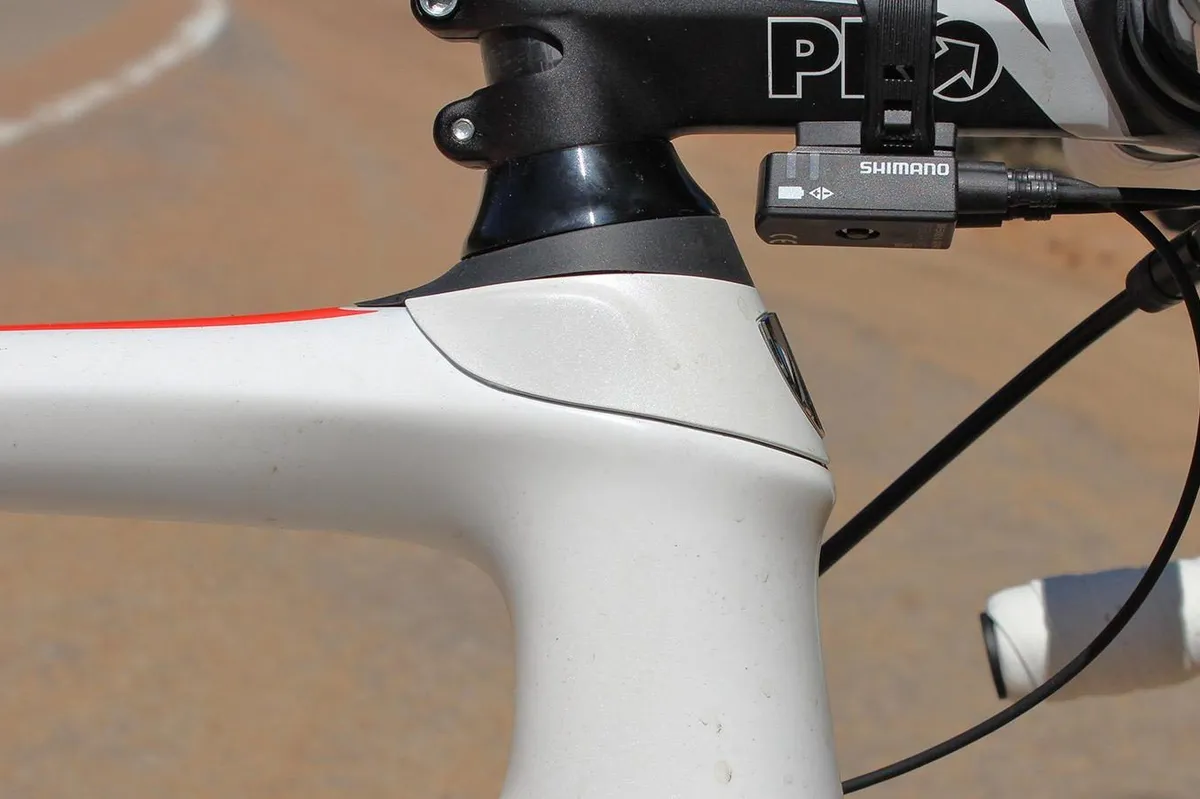
Gunnarsson placed Trek’s IsoSpeed decoupler at the front and rear of the Daemon, to supply it with extra ride comfort for all-road use.
Trek has since abandoned front IsoSpeed, but rear IsoSpeed lives on in the road-going Domane, and the Checkpoint and Checkmate gravel bikes.
Trek saved a chunk of weight when it replaced the Madone’s IsoSpeed with the hole-in-the-seatpost IsoFlow, though, and IsoSpeed itself has lost its adjustability, which was a feature of the Gen 6 Madone.
Miss: fork-leg mounts

Adding to its versatility, our Trek Daemon concept has mounting points on its fork legs. We’re not sure what you’d want to put there on an aero all-road/gravel race bike.
However, extra load-lugging is increasingly seen as a necessity, particularly for unsupported ultra gravel races, such as Unbound XL, where competitors need to carry gallons of water, as well as lights and enough food to keep them going for 17 hours or more.
So, although gravel race bikes typically forgo fork-leg mounts, the Canyon Grail, for example, has optional fork sleeves, which you can add to the unadorned, aero fork legs to add carrying capacity.
The final verdict
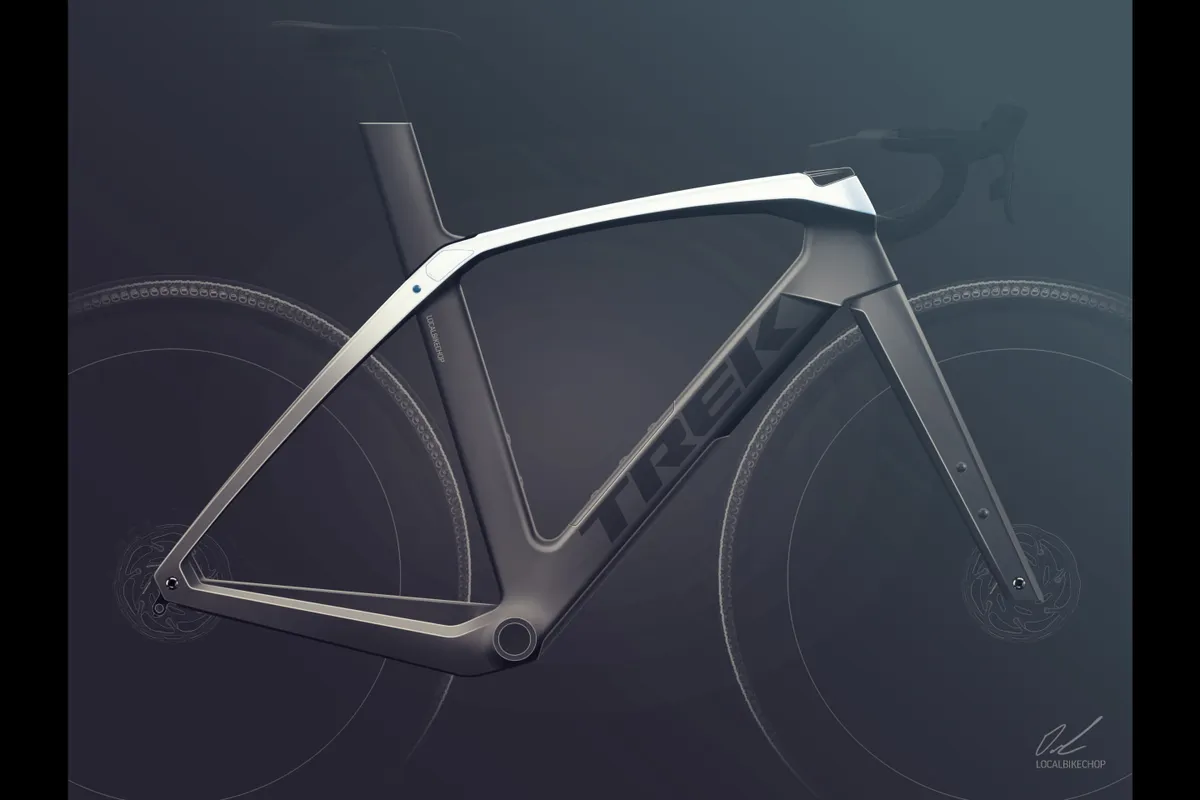
We reckon Gunnarsson got the major trends in bike design spot-on with his 2019 Daemon concept.
Disc brakes and integration were novel six years ago – Trek had only added hidden cabling to the Madone in 2015 and disc brakes in 2018, while only recently have many gravel bikes offered clearance as wide as 47mm.
In the intervening years since 2019, the Madone has gone through two further iterations, with the current Generation 8 Madone taking over the lightweight mantle to add to its aero palmares. That’s made the Émonda obsolete – another naming option now available for a new bike if Trek thinks Daemon is too out-there.

